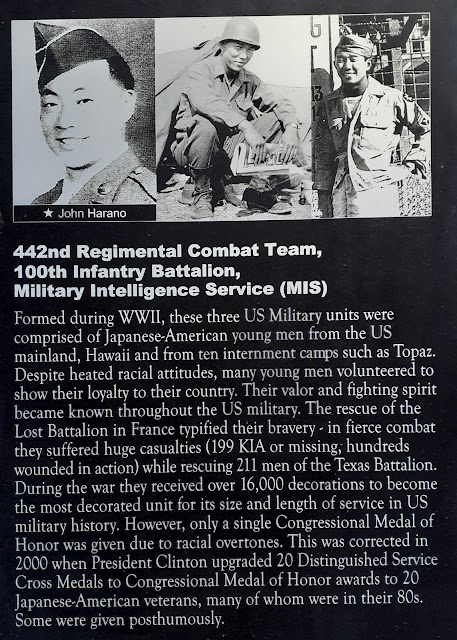Another Concentration Camp??
December 17, 2021Delta, Utah.
Not exactly a destination. This small town is located on the western side of Utah, about 90 miles from the Nevada border. It's technically not on the loneliest road in America, as that is only in Nevada, but as there is nothing much on Hwy 50 from Delta to Ely, it's sort of the unofficial start of the loneliest road.
We stayed in Delta because we were going from north of Salt Lake City to St. George and this seemed to be about half way. And it's a bit off the beaten track. And almost everywhere we've stayed, we've found that there are some interesting things to see nearby. Delta was no exception. We discovered that Delta was the location for a World War II era internment camp for American citizens of Japanese ancestry.











0 comments